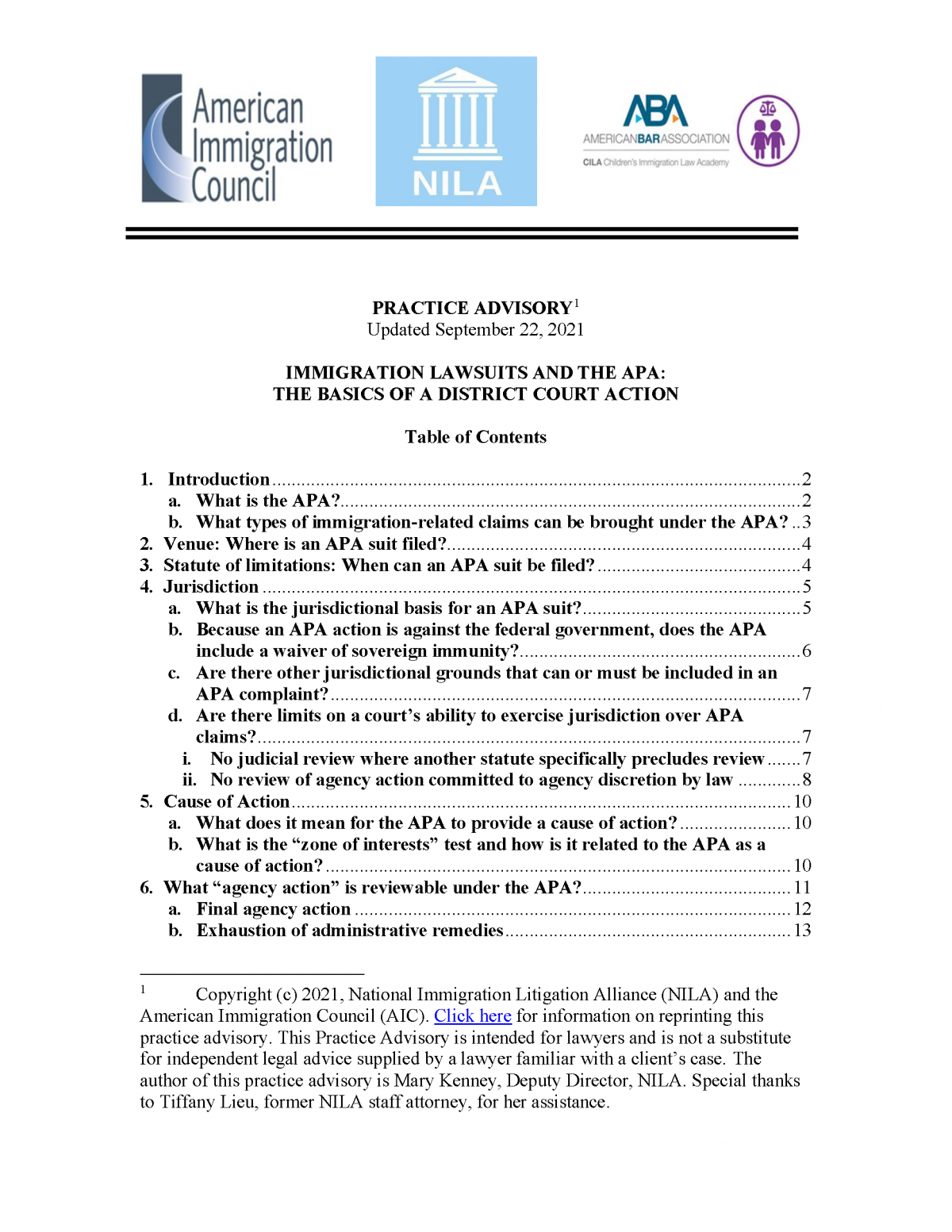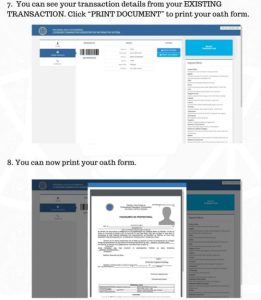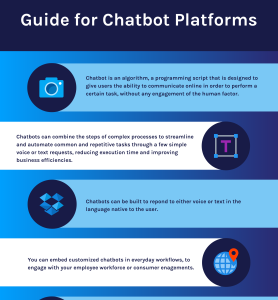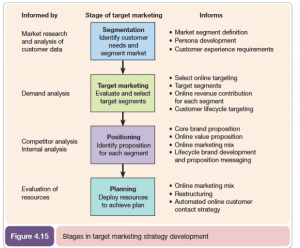5 Core Practice Of Complying With Immigration Regulations

5 Core practice of complying with immigration regulations
- Understand
- rules and procedures
Start by knowing the rules for hiring and hiring temporary foreign workers, or at least where to find them.
The main source of legal and regulatory authorities. The main sources of laws and regulations on the employment and employment of temporary foreign workers in Australia are as follows:
ministry of interior
Federal Legislative Register
Australian Border Force
Key rules and procedures: When an Australian employer wishes to hire one or more temporary foreign workers, many rules apply. The three most important points are:
- Operating license:
An employment visa(also called an “employment permit” in some countries) is a basic means of migration. Foreign citizen “;(Australian citizen or non” permanent resident “) working as a temporary foreign worker in Australia. The Ministry of the Interior prohibits foreign citizens from entering Australia. Working without prior approval. When it involves confirming whether foreign citizens enter Australia for” purposes “; work “- therefore, business permission is required. The Ministry of Internal Affairs focuses on personal activities rather than the way he(or others including potential employers) categorizes the agenda. Definition of the Ministry of Internal Affairs”; as a work activity: pay wages or earn commissions; or directly compete with Australian citizens or permanent residents in the Australian labour market. For example, Australian organizations can be referred to as “foreign citizens”. Volunteers “; just because they are not paid(and probably not)”; in the sense of the Ministry of Work and Internal Affairs, “work is generally paid and requires a work permit.”
Ongoing work permit review:
An important part of the field survey process is to review the temporary labor license of foreign workers. In order to confirm its completeness and accuracy, the following core areas will be focused:
Employee name(current last name and first name)
Employee’s “personal information”(current date of birth, gender, country of birth, nationality, passport and other travel document numbers).
Expiration date of operation license.
Employer’s name and location.
The occupation of the worker.
Other notes, comments or conditions(e.g., prohibition of working in the medical field, obligation to maintain health insurance in Australia, etc.).
- Conduct labor market impact assessment(LMIA) or online recruitment assessment
The actual survey also includes an LMIA or online recruitment review, as appropriate, to ensure accuracy and consistency with the temporary foreign worker employment permit. Time:
Labor contract.
Actual working conditions(such as wages, benefits, working hours, job descriptions and responsibilities, working place, etc.).
- Review employment contract
For all employers, it is a good way to formulate and implement a good written employment contract. The same is true of temporary foreign workers. The actual investigation includes a review of employment contracts to ensure that the terms are in line with the LMIA or online recruitment(if applicable), including the following key terms:
Cash wages.
Benefits.
working hours
Job Description
Task and place of work.
- Create and maintain complete and accurate records(always kept)
The employer is required to keep the records of temporary foreign workers for 7 years, and the Ministry of Internal Affairs has the right to randomly audit these records, which means that the employer must be prepared; temporary foreign employers holding open employment permits are not subject to the record keeping requirements and monitoring rights, but it is still a good method.
Record creation and maintenance of up-to-date, well-organized and easily accessible documents, including copies of each employee’s immigrant employment visa, LMIA or online admission notice(if applicable), employment contract, schedule, passport and employment documents. View all business records, including all payroll records and timetables.
Or, you can buy products that are easy to meet compliance requirements. Compile is a Saas platform designed to help organizations manage immigration compliance, increase organizational knowledge, and reduce risks. The content is developed and designed by Hammond Taylor, an immigration law firm, and the IT system is managed by Australian IT company Combine.
Please contact now to book a free presentation.







